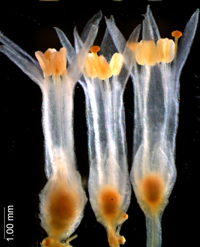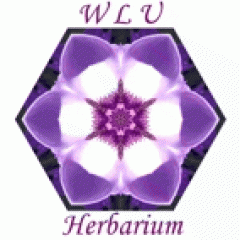The work done by the herbarium curators and plant collectors is often

underappreciated because it does not directly materialize in publications, and it is not an avenue for attaining large grants. Yet, where would we be today in plant systematics without herbaria and their people? How could one even attempt to study a group of plants without herbarium collections? This is why my wholehearted appreciation goes first to them. Many herbaria have kindly sent collections (I hope I am not forgetting anybody!): AAU, ALTA, ARIZ, ASU, B, BAB, BOL, BRIT, CANB, CAS, CEN, CHR, CHSC, CIIDIR, CIMI, CTES, CUS, DAO, F, G, GH, H, HUFU, IAC, IEB, IND, J, JEPS, LL, LP, LPB, LPS, K, MEL, MERL, MEXU, MICH, MO, NMC, NY, OAC, OKLA, OSC, OXF, PACA, PRE, QCNE, QFA, P, PACA, RB, RSA, SAM, S, SD, SGO, SI, SPF, TEX, TRT, TRTE, UA, UB, UBC, UC, UCR, UCT, UNB, UNM, UPRRP, UPS, US, USAS, USM, WTU, and XAL. Thiery Derroin donated to WLU the tiny specimens removed by Yuncker from Paris Natural History Museum (P). Tom Devender sent me as a gift his lifetime treasure of Cuscuta from Sonora, Mexico. Dan Nickrent made suggestions that improved the content and readability of these pages. Some of the morphology photographs have been patiently taken by my students — Mark Welsh, Kristy Dockstader, Atlee Lee, Adrian Hogendoorn — you will find their name at the bottom of these images.
The research that made possible the Digital Atlas of Cuscuta has been funded by NSERC and Wilfrid Laurier University
